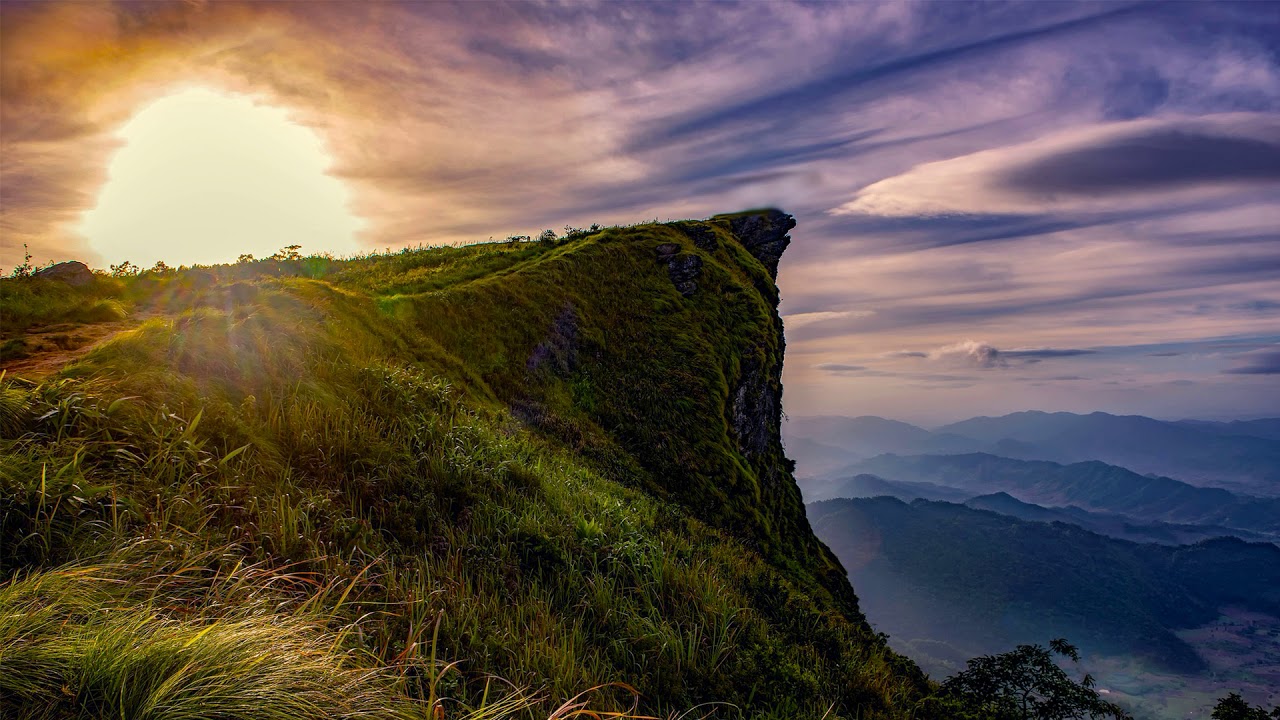Calming Japanese Flute Music ● Wind of Peace ● Relaxing, Meditation, Stress Relief, Yoga Relax Music Yoga Playlists
Video
Description
Calming Japanese Flute Music ● Wind of Peace ● Relaxing, Meditation, Stress Relief, Yoga Relax Music ►
Check out our YOGA MUSIC PLAYLIST for more ►
SUBSCRIBE ► PUT LIKE ► SHARE ► COMMENT ► THNX
Friends, today we want to once again share with you one of our tracks, which we created thanks to our friend. It so happened that our friend is playing a Japanese bamboo flute, called shakuhachi.
We really hope that you will like this track. We are happy when our music gives you joy and good emotions.
Now we are working on many interesting things, but we’ll talk about this on our block (the community tab) or on our Facebook page. By the way, connect to us! If you are still using Facebook 😉
In addition to beautiful music, we try to share something cognitive and new. Now we will tell you a little about the flute.
The shakuhachi (尺八、しゃくはち, pronounced [ɕakɯhatɕi]) is a Japanese end-blown flute.
It was originally introduced from China into Japan in the 6th century and underwent a resurgence in the early Edo Period. The oldest shakuhachi in Japan is currently stored in Shōsō-in, Nara. The shakuhachi is traditionally made of bamboo, but versions now exist in ABS and hardwoods. It was used by the monks of the Fuke sect of Zen Buddhism in the practice of suizen (吹禅, blowing meditation).
The instrument is tuned to the minor pentatonic scale.
Overview
The name shakuhachi means “1.8 shaku”, referring to its size. It is a compound of two words:
– shaku (尺) is an archaic unit of length equal to 30.3 centimeters (0.994 English foot) and subdivided in ten subunits.
– hachi (八) means “eight”, here eight sun, or tenths of a shaku.
Thus, “shaku-hachi” means “one shaku eight sun” (54.54 centimeters), the standard length of a shakuhachi. Other shakuhachi vary in length from about 1.3 shaku up to 3.6 shaku. Although the sizes differ, all are still referred to generically as “shakuhachi”.
Shakuhachi are usually made from the root end of madake (真竹) (Phyllostachys bambusoides) bamboo culm and are extremely versatile instruments. Professional players can produce virtually any pitch they wish from the instrument, and play a wide repertoire of original Zen music, ensemble music with koto, biwa, and shamisen, folk music, jazz, and other modern pieces.
History
The bamboo flute first came to Japan from China during the 6th century. The shakuhachi proper, however, is quite distinct from its Chinese counterpart[4] – the result of centuries of isolated evolution in Japan.
Shakuhachi in the film industry
Shakuhachi are often used in modern film scores, for example those by James Horner. Films in which it is featured prominently include: The Karate Kid parts II and III by Bill Conti, Legends of the Fall and Braveheart by James Horner, Jurassic Park and its sequels by John Williams and Don Davis, and The Last Samurai by Hans Zimmer and Memoirs of a Geisha by John Williams.
Renowned Japanese classical and film-score composer Toru Takemitsu wrote many pieces for shakuhachi and orchestra, including his well-known Celeste, Autumn and November Steps.
===============
Thanks for watching! If you like our work, ♥ support us ♥ 🙂 SUBSCRIBE to the channel, comment, put likes👍, please repost and share music with friends on the social networks. All this will help us to create high-quality and beautiful music for you. In turn, we will try to spread more and more relaxing hang drum and flute music for meditation, relaxation, yoga & spa. More handpan healing music & hang music. And others beautiful lelazing music! ♪♪♪
===============
And don’t forget to put Likes on FB! ►
Follow us on Twitter! ►
===============
♪ Composer: Spiritual Sense
♪ Original track title: Wind of Peace [live shakuhachi play – Roman Gorobets]
© This music is reserved by all rights presented by the law of united states of America. ©













